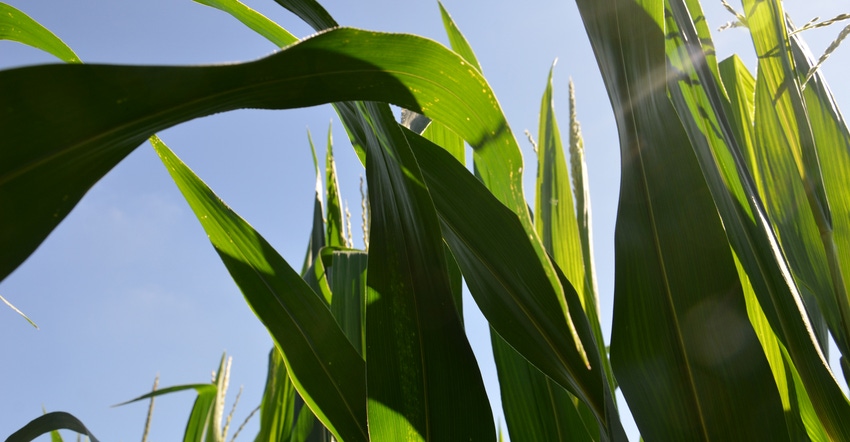
Nearly 25 years ago, Dave Nanda estimated that corn could yield more than 500 bushels per acre. It wasn’t just a wild guess. He based his estimate partly on how many raw ingredients corn plants could capture per acre for photosynthesis.
Over the past couple of years, farmers in national corn yield contests have proved Nanda was right and then some. They’ve surpassed the 500-bushel-per-acre mark on a minimum of 10-acre plots. They may not throw the kitchen sink at these plots, but almost everything else. Those who appear to be most successful, however, do it systematically. They may apply large amounts of one or more inputs or spend extra dollars, but only if there is a realistic chance of reaping more yield in return.
Nanda, a former plant breeder who is now a crop consultant based in Indianapolis, has upped his potential estimate for the future. “It’s possible that we may be able to grow 600 bushels on an acre of land,” Nanda says.
Yields have continued climbing over the past several decades, partially because plant breeders have developed more efficient hybrids. Today’s hybrids as a group tend to make more efficient use of inputs, starting with sunlight. It all starts with a plant designed to capture as much sunlight as possible.
More light
“The first challenge is to capture it [light] for use by the plant instead of allowing it to pass through and hit the soil surface,” Nanda says. “If you compare today’s hybrids to those of 30 to 40 years ago, modern hybrids tend to have more leaves above the ear.”
That’s not an accident, Nanda says. Selecting for more leaves above the ear increases the ability of plants to capture sunlight mid- to late season, when it matters most. Lots of sunlight fuels photosynthesis and allows plants to make more sugars and starches during grain fill. The result is usually plumper kernels and more yield.
Modern hybrids tend to have seven to eight, sometimes nine, leaves above the ear leaf. Top hybrids of earlier days usually had five or six. “That’s important because at that time in the season, the top leaves are capturing the majority of sunlight available and producing more food compared to bottom leaves,” Nanda explains.
The number of leaves above the ear leaf is a genetic trait, and can vary from hybrid to hybrid, Nanda says. While scouting late in the 2018 season, he compared leaf counts for two different hybrids planted in the same field. Averaging numbers over several plants, one hybrid averaged about one leaf more above the ear leaf compared to the other hybrid.
In earlier comparisons, Nanda demonstrated that hybrids also differ in size of the ear leaf. Some are 2 or more inches longer and perhaps half an inch wider than ear leaves on plants from another hybrid.
It’s all about capturing as much sunlight as possible so plants can convert energy into food that the plant packs into kernels, Nanda concludes.
About the Author(s)
You May Also Like




